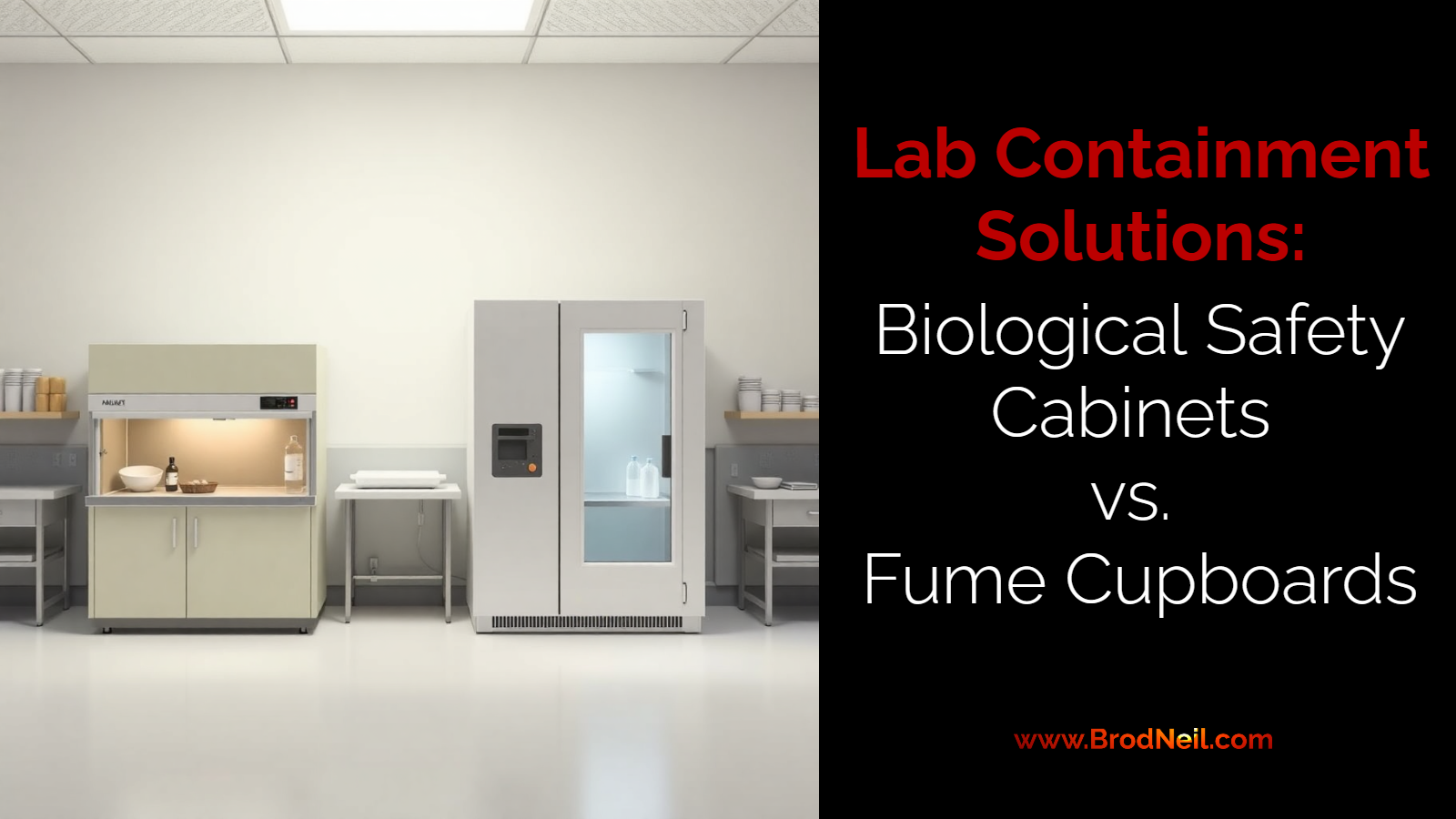Proper infrastructure is necessary to ensure the safety of the staff, workspace, and samples, whether in an industrial, diagnostic, pharmaceutical, or other laboratory setting. Considering this scenario, the two equipment options that can add value include biosafety cabinets and fume cupboards. Their ability to provide a clean workspace and protect personnel cannot be undermined. Some people believe these can be interchangeable because they fulfill similar purposes. They ignore their airflow patterns, usability, protection levels, etc. So, let’s address them so you can choose the right equipment for your laboratory settings.
Overview of Safety Cabinets and Fume Cupboards
Biosafety cabinets are also called Class 2 cabinets. When hazardous materials are involved in the experiments, this equipment offers safety and security to the products, environments, and staff. These enclosures are equipped with HEPA filters and advanced airflow systems. Likewise, fume cupboards are also enclosed workspaces. These can contain sliding or sash doors to help technicians deal with noxious fumes, VOCs, and toxic chemicals. They can trap and remove airborne pollutants with the help of their ventilation mechanisms to prevent accidental exposure to them. Both of these lab devices are available at Top Air Systems. You can check the catalog to understand their features.
Safety Cabinets vs. Fume Cupboards
The cabinets are created to handle biohazard materials and agents in a clean environment. Whether you work with pathogens, cell cultures, or other such samples, you will need the safety of these enclosures to avoid exposure to them. Plus, these materials should also be protected from environmental pollutants. Fume cupboards can deal with smelly, toxic, and volatile compounds, providing a safety net for the operators. While these devices can save the environment and the staff, fume cupboards may not protect products.
The other area of difference can be the use of airflow patterns. Cabinets utilize intricate airflow systems that maintain a smooth flow of pure air in the workspace for the operator and the sample. On the other hand, fume cupboards use unidirectional airflow to capture and exhaust air from the rear of the hood after filtration. Some models are ducted, while others are portable. If you look at the containment factor, you can rely more on safety cabinets due to their HEPA filters that avoid cross-contamination risks by regulating the environment. Fume cupboards don’t offer a sterile environment like biosafety cabinets. They target chemical hazards by trapping and exhausting fumes.
Choosing Between Safety Cabinets and Fume Cupboards
One of the best ways to mitigate your confusion is by focusing on the type of materials you experiment with. You can handle biological agents better with safety cabinets and chemical samples with fume cupboards. Another crucial consideration is compliance with regulatory standards regarding exposure to chemical hazards and biosafety levels. Also, look at the existing lab setup. Biological safety cabinets are bulky models that will occupy considerable space. However, the versatile fume cupboards can be incorporated effortlessly. Budget can be an essential criterion, too. Safety enclosures have higher upfront and maintenance costs. Their filters can also need timely replacement.
Nevertheless, the choice ultimately boils down to specific project requirements. Your staff must be trained to work with these containment solutions. No matter what you choose based on your needs, these devices will support your specific goals.

